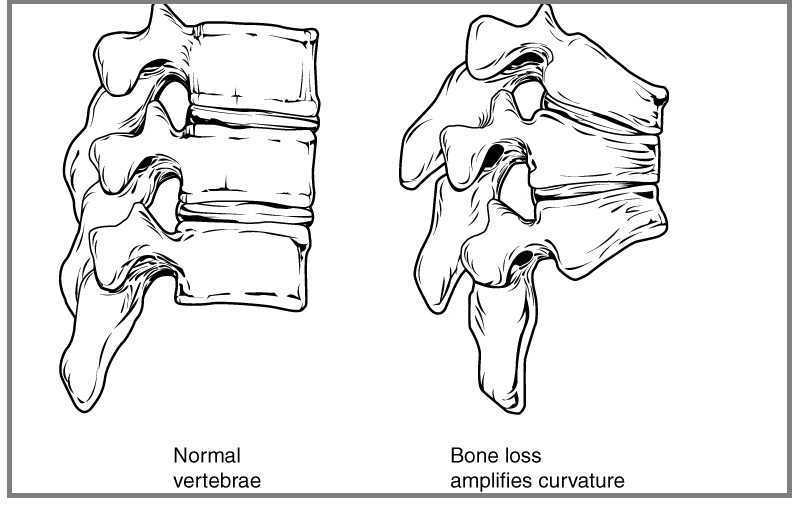Geriatric Pelvic Floor Rehab
Modifying Treatments for Seniors and Older Patients
| Price: $495 (Early Registrant Price $475) Experience Level: Beginner Contact Hours: 16 |
Rehabilitation of geriatric pelvic floor dysfunction is often confounded by comorbid conditions such as disease processes, cognitive dysfunctions, prior injuries and changes resulting from the aging process. Pelvic floor dysfunctions in our geriatric patients include pelvic pain, bowel, bladder, and sexual dysfunction. Regarding urinary incontinence, the National Association for Continence reports that more than 25 million Americans suffer from urinary incontinence, with women being 4-5 times more likely to develop leakage. How is rehabilitation of patients who are older affect evaluation and treatment planning? The pelvic rehabilitation therapist must consider many aspects of health, aging, and even reimbursement when addressing pelvic dysfunction in the geriatric patient.
This new course has been developed by Heather Rader, who works exclusively with patients who are considered within the geriatric age range. The continuing education course is targeted to the pelvic rehab therapist seeking specific techniques and adaptations of pelvic rehabilitation skills for the older patient. Covering a system-based review of the normal aging process, this course will integrate issues created by co-morbidlites and the effects on the pelvic floor. Considerations will be instructed regarding evaluation and intervention modifications for patient who are immobile or frail, including those patients who are wheelchair-bound.
The participant will also learn how to modify examination and intervention techniques for immobile patients, and address common challenges such as unsteadiness, forgetfulness, reluctance, and complexity of medical conditions in the geriatric patient. For the purposes of this course, all examples will assume the patient has Medicare as their primary insurance.
The Geriatric Pelvic Floor Rehabilitation course will also cover co-morbidities of aging including cardiorespiratory illness, osteoporosis, gastroesophageal reflux disease, spinal stenosis, incontinence and balance, hip dysfunction, dyspareunia and prostate cancer. Topics will also include sexuality in the elderly population and potential causes of sexual dysfunction such as hormonal factors and pelvic pain. Lab activities throughout the course will allow the participant to apply new concepts. Emphasis will also be placed on documentation, reimbursement considerations, and program development.
Audience:
This continuing education seminar is targeted to physical therapists, occupational therapists, physical therapist assistants, occupational therapist assistants, registered nurses, nurse midwives, and other rehabilitation professionals. Content is not intended for use outside the scope of the learner's license or regulation. Physical therapy continuing education courses should not be taken by individuals who are not licensed or otherwise regulated, except, as they are involved in a specific plan of care.
Pre-Requisites:
While it is recommended to have prior experience with pelvic evaluations, this is not a prerequisite to participation. Both beginners and intermediate practitioners will benefit from attending this course.
What to bring:
Participants should feel free bring lap tops or tablets for use during marketing and documentation labs.
Upon completion of this continuing education seminar, participants will be able to:
1. Understand differences between normal effects of aging on the body versus effects of co-morbidities.
2. Identify statistically common co-morbidities in the geriatric population and their physiological effects on pelvic floor disorders and the rehabilitation process.
3. Develop a marketing plan that targets the needs of the geriatric pelvic floor patient to include the front office experience, retention strategies, advertisement development, presentation to medical professional presentation and community education lectures.
4. Develop treatment plans that maximize Medicare reimbursement and minimize documentation time.
5. Document and write functional goals, justification of skilled services and response to treatment for the geriatric pelvic floor population as well as appropriate G-Code selection.
6. Develop treatment plans that combine pelvic floor disorders and co-morbidities.
7. Demonstrate evaluation modifications for the older and less mobile pelvic floor patient.
8. Demonstrate treatment modifications for the older and less mobile pelvic floor patient.
|
Day One: |
Day Two: |
We always want to hear from those interested in hosting our courses. We work with healthcare organizations of all types, sizes, and locations. Please, Contact us about Hosting Geriatric Pelvic Floor Rehab or any other course!
This was the best course ever. Heather puts all information in such wonderful applications to real practice. Thank you Heather!
-Susan Bemis, PT GCS DPT
I found that this course was able to add to my clinical skills. I truly enjoyed the information being presented on documentation skills and marketing strategies. Very well done course!
-Shayne Tarrance, PT, WCS, BCB-PMD - Odessa, FL
Emailed testimonial after an event: I thought the course was very enjoyable. I think this course is great for a therapist that is starting out. I felt that Heather did a great job presenting the material and kept the audience engaged. I found that even though I hold the certification of WCS I still learned something new from Heather. I especially enjoyed the information on marketing and documentation that she provided. I would recommend this course to anyone who is starting to get involved in pelvic floor rehabilitation.
I am looking forward to taking more courses with your organization.
- Shayne Tarrance





